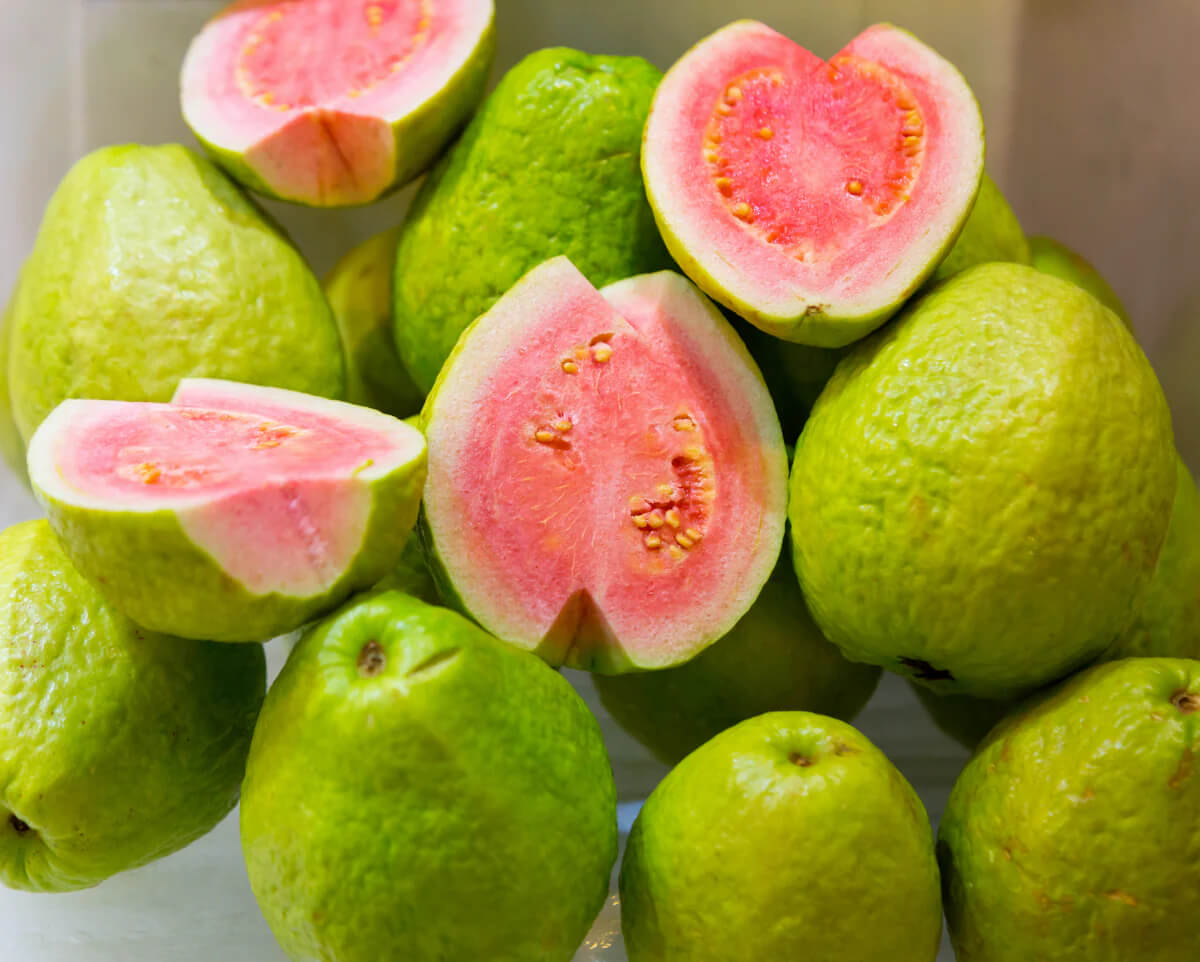Raisins, often considered a humble snack, are celebrated in Ayurveda for their profound health benefits, particularly in balancing the body's three doshas—Vata, Pitta, and Kapha. Their cooling, hydrating, and iron-rich properties make them excellent for boosting energy, improving digestion, and maintaining overall wellbeing. However, the method of preparation in Ayurveda significantly influences the healing properties of raisins.
To address Vata imbalances, which can cause dryness and anxiety, raisins soaked in warm ghee provide lubrication and nourishment. This preparation aids in alleviating issues such as constipation and dry skin, offering warmth and vitality. Ghee’s oily characteristics combined with the natural sweetness of raisins contribute to calming the Vata dosha and promoting a sense of stability.
For Pitta issues, such as excessive heat and inflammation, soaking raisins in room-temperature water overnight helps cool and hydrate the body. This preparation reduces acidity, calms irritated skin, and quenches excessive thirst, creating a soothing effect on the Pitta dosha. Meanwhile, raisins soaked in hot water can stimulate metabolism and clear congestion associated with a Kapha imbalance, aiding in weight management and reducing sluggishness. By incorporating these simple practices into your daily routine, you can harness the power of Ayurveda to enhance your health and well-being.
Read more...In Ayurveda, ojas is regarded as the vital essence that underpins our physical, mental, and spiritual health. This "nectar of life" is the culmination of flawless digestion and transformation, contributing to a robust immune system, emotional balance, and overall vitality. Particularly during the Winter Solstice, a time when nature shifts from darkness to light, the renewal and strengthening of ojas becomes profoundly significant.
The Winter Solstice symbolizes a transition period, offering a chance for reflection and aligning with nature’s cycles. Physiologically and spiritually, this time represents the conclusion of one cycle and the beginning of another, mirroring the body's natural detoxification and rebuilding processes that enhance ojas. Strong ojas is essential during the solstice for bolstering immunity, maintaining emotional stability, and supporting spiritual growth, allowing individuals to emerge from winter renewed and invigorated.
To fortify ojas during this pivotal time, Ayurveda recommends nourishing foods, self-care rituals, gentle movement, and mindfulness practices. Consuming warm, easy-to-digest foods like soups, stews, and spiced milk can enhance ojas, while rituals such as self-massage, adequate rest, and meditation support its replenishment. By embracing the solstice as a time to nurture ojas, one can ignite their inner light, paving the way for health, happiness, and abundance in the coming year.
Read more...Diwali, the vibrant "Festival of Lights," is an eagerly awaited five-day Hindu celebration that symbolizes the triumph of light over darkness and good over evil. Commencing with Dhanteras and concluding with Bhai Dooj, each day is imbued with unique customs and legends that infuse homes with joy, warmth, and devotion. As families clean and decorate their homes, buy gold as a token of prosperity, and light the first diya, the spirit of Diwali permeates every corner.
The festival's main day, Diwali, is dedicated to Goddess Lakshmi, where worshippers seek her blessings for wealth and prosperity through rituals such as Lakshmi Puja. The dazzling display of diyas and fireworks across communities highlights the victory of joy over sorrow, coupled with the exchange of sweets and gifts that fortify familial bonds. Meanwhile, Govardhan Puja and Bhai Dooj highlight gratitude towards nature and the celebration of sibling relationships, respectively, embodying a deep sense of gratitude and love.
In its essence, Diwali is much more than a series of rituals; it's an uplifting reminder that light and knowledge will always conquer darkness and ignorance. This festival encourages everyone to spread love and compassion, fostering a world filled with joy and understanding. As the glow of diyas brightens homes, Diwali inspires us to cultivate a spirit of kindness and generosity, nurturing a more luminous and harmonious existence.
Read more...Guava Fasting is an interesting concept that involves consuming guavas, either exclusively or as a significant part of the diet, during a fasting period.

Let's dive into the details:
Benefits of Guava Fasting
- Nutrient-Rich: Guava is packed with vitamins and minerals, especially Vitamin C, Vitamin A, folic acid, potassium, and fiber. It supports immune health, skin health, and digestion.
- Weight Loss: The low-calorie, high-fiber content of guava can help in weight management by promoting satiety and reducing overall calorie intake.
- Digestive Health: The high fiber content helps in regular bowel movements and can relieve constipation. The seeds also serve as a natural laxative.
- Blood Sugar Control: Guavas have a low glycemic index, making them beneficial for blood sugar regulation. This is particularly useful for individuals with diabetes.
- Immune Boosting: The high Vitamin C content in guava boosts the immune system, helping to fight off infections and diseases.
- Antioxidant Properties: Guavas are rich in antioxidants like lycopene and Vitamin C, which can help protect against oxidative stress and reduce the risk of chronic diseases like cancer.
Process and Protocols of Guava Fasting
- Duration: A typical guava fast can range from 24 hours to several days. During this time, guavas are the primary or sole food consumed.
- Preparation: Before starting the fast, it’s advisable to reduce intake of processed foods, caffeine, and sugar to prepare the body.
- Consumption: During the fast, guavas can be consumed in their raw form, as juices, or smoothies. It's important to stay hydrated, so water and herbal teas can be included.
- Breaking the Fast: Post-fast, it's essential to reintroduce foods slowly, starting with light, easily digestible foods like fruits, vegetables, and soups.
Types of Guava
- Common Guava (Psidium guajava): The most popular type, with a sweet taste and pink, white, or red flesh.
- Strawberry Guava (Psidium cattleianum): Smaller in size with a flavor reminiscent of strawberries, usually with red or yellow skin.
- Pineapple Guava (Feijoa sellowiana): Not a true guava but often included in the category, with a taste similar to pineapple.
- Apple Guava: A variation of the common guava with a more apple-like taste.
Ingredients and Nutritional Profile of Guava
- Calories: Approximately 68 calories per 100 grams.
- Carbohydrates: Around 14 grams per 100 grams, with dietary fiber contributing about 5 grams.
- Vitamins: High in Vitamin C (up to 4 times the RDI), Vitamin A, and folate.
- Minerals: Rich in potassium, magnesium, and small amounts of iron, calcium, and phosphorus.
- Antioxidants: Contains lycopene, quercetin, and other polyphenols.
Conclusion
Guava fasting can be a beneficial practice for those looking to detox, manage weight, or improve overall health. However, it's important to consult with a healthcare provider before starting any fasting regimen, especially for extended periods. Guavas, in their various forms, offer a wealth of nutritional benefits that can support a healthy lifestyle whether you're fasting or not.
Yama Deepam, observed during the Diwali festival, is a significant Hindu ritual dedicated to Lord Yama, the god of death and justice. This tradition, noted for its spiritual significance, involves lighting a lamp in honor of Yama to protect against untimely death and bring peace to ancestors' souls. Celebrated on the second day of Diwali, the ritual marks Lord Krishna's victory over the demon Narakasura, symbolizing the triumph of good over evil.
The central ritual of Yama Deepam involves lighting an oil lamp and placing it outside the home facing the southern direction, associated with Yama and departed ancestors. Families clean their homes to invite positive energies and recite prayers, including the Yama Gayatri Mantra, to seek Yama's blessings for longevity and safety. Additionally, offerings such as flowers, sweets, and food for crows, deemed messengers of Yama, are made to honor both Yama and ancestors.
Beyond its traditional observances, Yama Deepam imparts significant lessons on life’s impermanence and the cycle of birth and death, encouraging a life of integrity and righteousness. This reflective practice dispels the darkness of ignorance and fear, replacing it with wisdom and spiritual clarity. By participating in Yama Deepam, one aligns with ancient wisdom, acknowledging the natural order while seeking divine protection and guidance.
Read more...
